Thousands of artifacts and documents collected and preserved at the Soviet Nghe Tinh Museum (Vinh City - Nghe An) and the Ha Tinh Museum are historical evidences "retelling" the revolutionary struggle for national independence in the homeland of Hong Mountain and La River.
Soviet Nghe Tinh Museum (Vinh City, Nghe An) preserves many historical revolutionary artifacts from 1930-1931.
The artifacts kept at the Nghe Tinh Soviet Museum mainly belong to the period of struggle of the people of Nghe An and Ha Tinh after the Party was founded (February 3, 1930).
Among them, many artifacts demonstrate the steadfast and persistent revolutionary spirit of the people of Ha Tinh: propaganda drums, hammer and sickle flags, memoirs of communist soldiers...
Staff of the Nghe Tinh Soviet Museum introduce drums - revolutionary weapons in the Nghe Tinh Soviet movement 1930-1931.
The phrase "Soviet Drum" is often mentioned as a symbol of the strong revolutionary struggle movement of the people of Nghe An and Ha Tinh in the early years of the 20th century, during the Nghe Tinh Soviet movement of 1930-1931.
Because at that time, the sound of drums was a signal urging and rallying the masses to rise up and fight to break the chains of slavery. The sound of drums resounding one after another in the countryside created a resonance, creating a power that terrified the enemy.
The drum of the People of Thai Yen commune (now Thanh Binh Thinh commune - Duc Tho) used as a signal to encourage the People in the 1930-1931 demonstrations is on display at the Nghe Tinh Soviet Museum.
The Nghe Tinh Soviet Museum is preserving many large drums from the struggle movement in 1930-1931 such as: drums of Loc Da village (Hung Dung commune - Hung Nguyen district - Nghe An); drums of the people of Mon Son commune (Con Cuong district - Nghe An); drums of the people of Thai Yen commune (Duc Tho - Ha Tinh)...
Among them, the drum with a diameter of 51 cm, height of 72 cm, made of chang wood and cowhide from Thai Yen commune (now Thanh Binh Thinh commune - Duc Tho) is one of the artifacts solemnly displayed at the museum. Immediately after the Party was founded, together with the people of Can Loc, Thach Ha, Cam Xuyen, Huong Khe..., the people of Duc Tho strongly responded to the revolutionary movement.
A corner displaying photos and artifacts of communist soldiers fighting in the Nghe Tinh Soviet movement 1930-1931, at the Nghe Tinh Soviet Museum.
On September 10, 1930, the people of Thai Yen and Duc Thuy communes (now Lam Trung Thuy commune) united to "beat the drum" to organize a demonstration to demonstrate their power against colonial and feudal oppression. From here, Thai Yen was chosen as the place to gather patriotic forces, participate in the revolution, and start the revolutionary movement in Duc Tho. On February 1, 1931, at the Nguyen Huu family temple, Thai Yen village, the Quang Chiem commune Communist Party cell was established and named Thai Yen cell, consisting of 6 party members.
After the Party cell was established, revolutionary mass organizations here were also quickly established such as: Women's Union, Red Farmers' Association, Red Self-Defense Team with 280 members organized into a company, divided into 4 platoons, including the "Suicide Platoon"; National Salvation Youth Union with 250 young people.
In March 1931, Thai Yen was one of 170 villages in Ha Tinh province recognized by the Provincial Party Committee as a Soviet village. The 1930-1931 Soviet movement in Thai Yen commune achieved many victories, with the contribution of the drums calling for and urging people to unite and rise up in struggle.
The hammer and sickle flag of Can Loc district people used in the 1930-1931 struggles is kept at the Nghe Tinh Soviet Museum.
One of the artifacts representing the “soul” of the revolutionary movement in the years 1930-1945 is the red hammer and sickle flag. The Nghe Tinh Soviet Museum and the Ha Tinh Museum are preserving many flags of some localities from the early period of the revolutionary movement such as: the flag of the Red Guards of Duc Dung commune (now An Dung commune, Duc Tho), the flag of the Can Loc district people used in the struggles in 1930-1931...
Notably, among them is the flag used in Party meetings and demonstrations during the Soviet movement of the Huong Khe People in 1930-1931, currently kept at the Ha Tinh Museum. The flag is about 45 cm wide, 65 cm long, with a red background, a yellow hammer and sickle symbol in the middle, and the words "Indochinese Communist Party" in Vietnamese and Chinese characters above.
From left to right and top to bottom: The hammer and sickle flag of the Huong Khe People used in the protests against the colonial puppet government in 1930-1931 is kept at the Ha Tinh Museum. The collection of weapons of the Red Self-Defense Forces during the Nghe Tinh Soviet movement in 1930-1931 and the seals of the local lords submitted to the Soviet government in 1930-1931 are displayed at the Nghe Tinh Soviet Museum.
The flag was used in demonstrations of the Huong Khe people at that time such as: The rally to celebrate the October Revolution in Russia attracted thousands of people on November 7, 1930. At this event, the Party branches in the district mobilized the masses to hold a rally to listen to speeches about the revolutionary movement, the domestic and international situation; then, organized a demonstration march, burned the guard posts set up by the enemy along the road, punished a number of evil tyrants...
The rally to celebrate the October Revolution in Russia initiated the 1930-1931 revolutionary movement of the people of Huong Khe district during the Soviet climax.
In addition to the artifacts, the Nghe Tinh Soviet Museum also preserves dozens of memoirs about the revolutionary struggle of communist party members active in the period from 1930 to 1945. These are valuable documents reflecting the process of awareness of the role of the Party in the early days of its establishment, to recreating the entire period of persistent and heroic struggle of communist soldiers in the homeland of Hong Mountain - La River.
The collection of revolutionary memoirs of loyal communist cadres recorded the fighting process from 1930-1945 and was later kept at the Nghe Tinh Soviet Museum.
Most of the authors of the memoirs were staunch revolutionary soldiers who, despite being captured, imprisoned, and brutally tortured by the enemy, remained steadfast in their ideals, such as: Comrade Tran Chi Tin (1898-1987) in Son Chau commune (Huong Son) - a former leader of the Soviet movement in Huong Son and the uprising to seize power in the locality in August 1945; Comrade Le Bang (1905-1978, in Hong Loc commune, Loc Ha, one of the first communist party members in Can Loc in the 1930s) was assigned the task of lowering the flag of the puppet government and raising the Viet Minh uprising flag on the flagpole of Can Loc district on the evening of August 16, 1945, proving that Can Loc was the first district in Ha Tinh to successfully revolt to seize power...
In addition, there are also memoirs of other comrades such as: Nguyen Cu (Tan Loc commune), Le Tu Tram (Binh An commune, Loc Ha), Kieu Lieu (Dong Thai village, Tung Anh commune, Duc Tho), Dang Nghiem (Tung Loc commune, Can Loc)...
The Nghe Tinh Soviet Movement is expressed through oil paintings.
The Soviet Nghe Tinh Museum and the Ha Tinh Museum also preserve many other artifacts, reflecting the period of the fierce revolutionary struggle in the homeland of Nghe An such as: ink grinding tools, the Party organization's leaflet printing table, primitive weapons of the Red Self-Defense Force of Soviet villages, suitcases, leather bags containing documents of communist soldiers, portraits of insurgent cadres...
Flashlights used by Huong Khe District Party Committee officials for night work during the Nghe Tinh Soviet movement in 1930-1931 at the Nghe Tinh Soviet Museum.
Each artifact is a vivid, authentic story recounting the past of the resilient and persistent struggle of the people of Ha Tinh and Nghe An in the revolutionary movement from the time the Party was first established until the uprising to seize power for the people, leading the revolution to final victory in the fall of August 1945.
Nghe An Youth Union members visit and study at the Nghe Tinh Soviet Museum.
After more than 63 years (January 15, 1960) since the Party Committee of the Ministry of Culture issued Decision No. 106-QD/VH on the establishment of the Nghe Tinh Soviet Museum, we have collected over 16,000 artifacts about the Nghe Tinh Soviet movement 1930-1931, from localities of the two provinces of Nghe An - Ha Tinh and some documents related to the uprising period to seize power in August 1945. All artifacts are extremely valuable, recording a period of fierce struggle of the revolutionary movement. These are also vivid evidence for the museum to promote its value in educating the younger generation about the national historical tradition.
Mrs. Tran Thi Hong Nhung
Deputy Director of Nghe Tinh Soviet Museum
Angel
Source


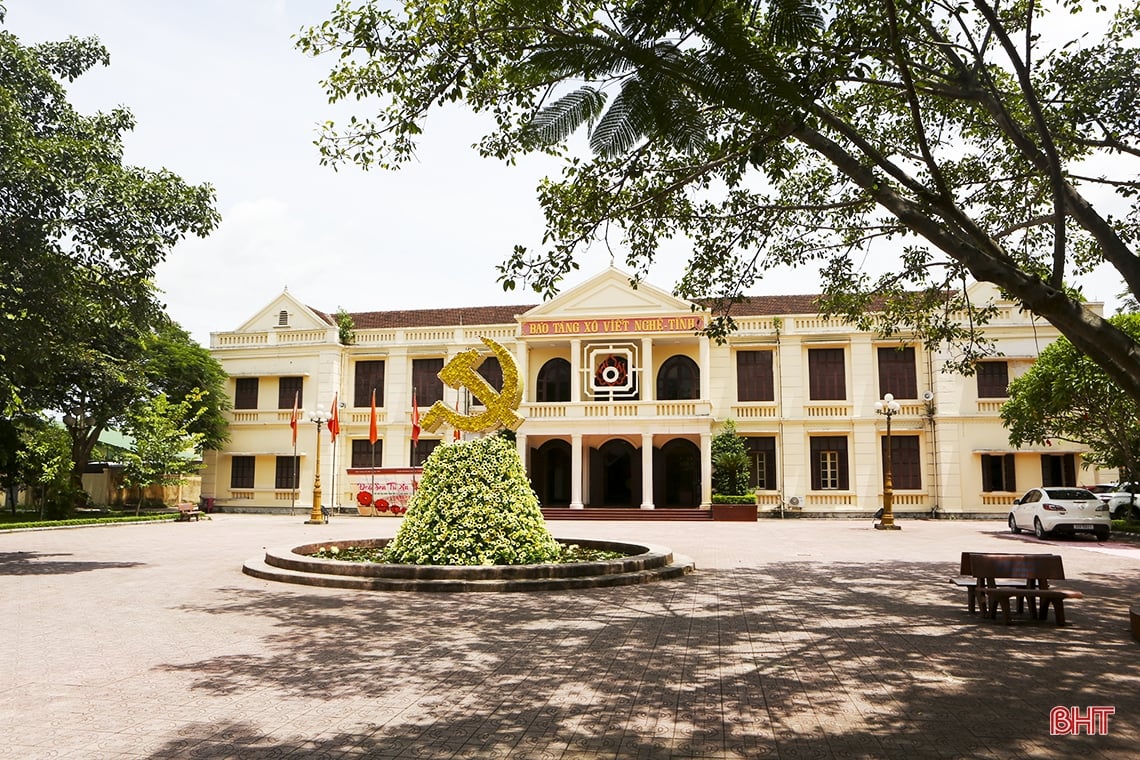
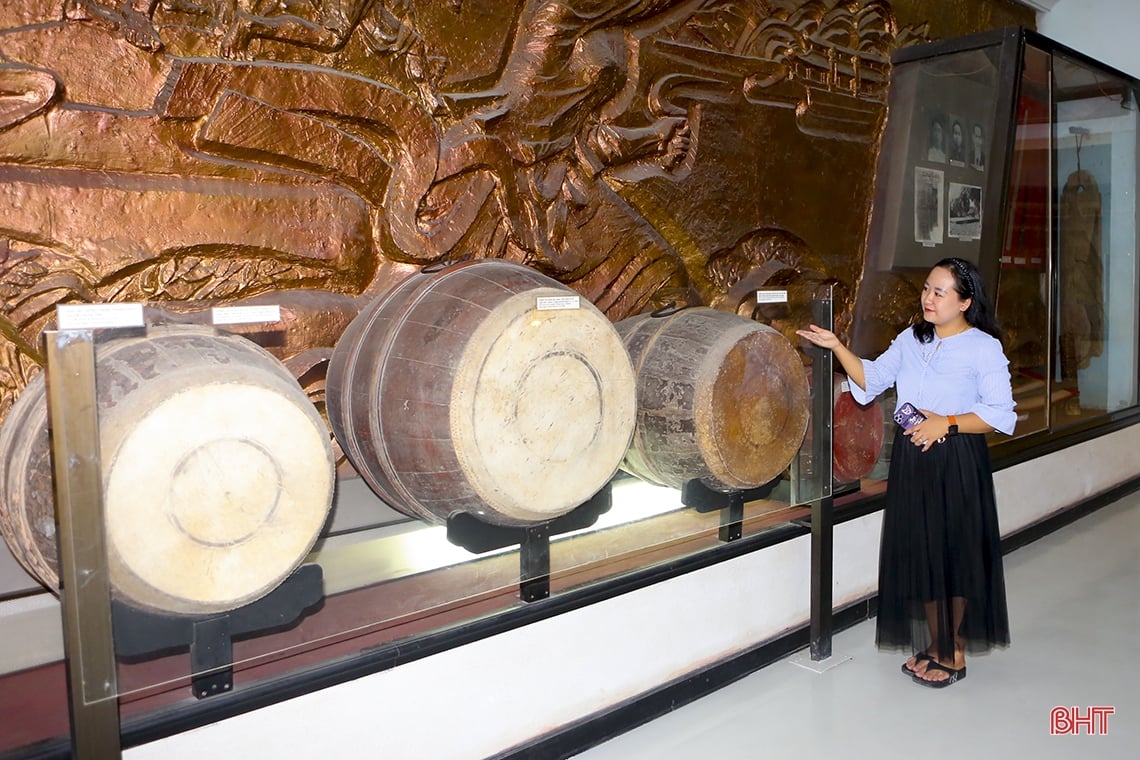
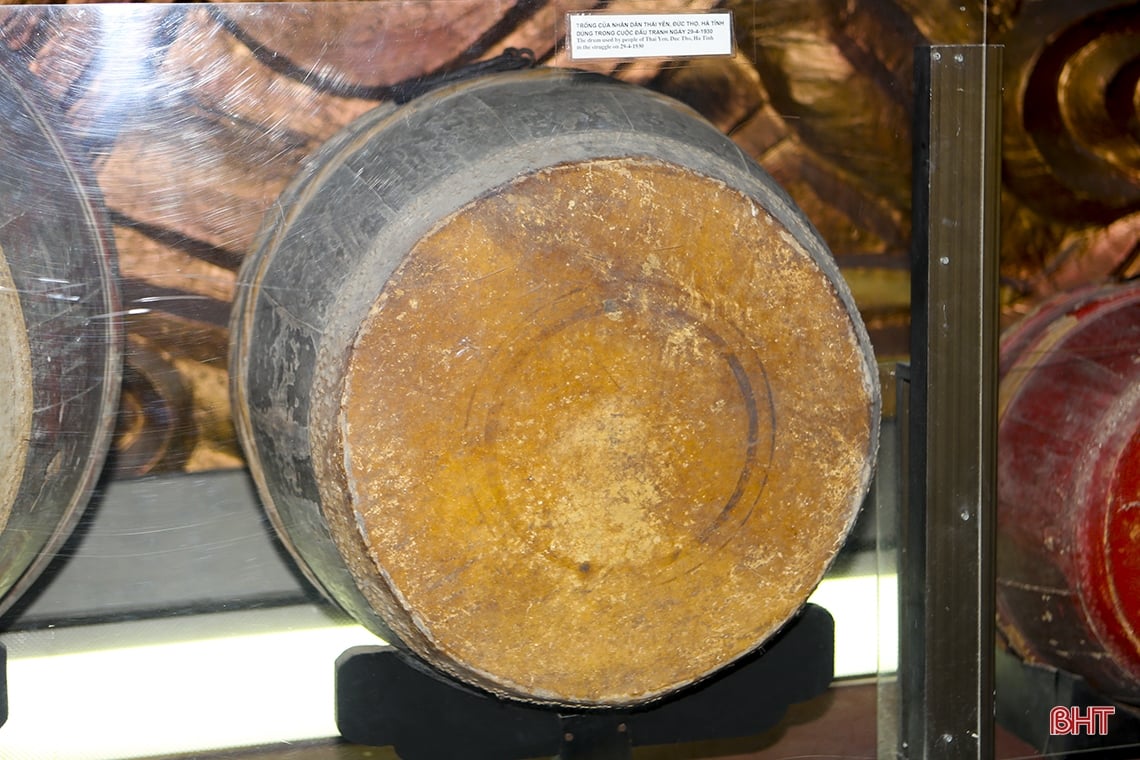
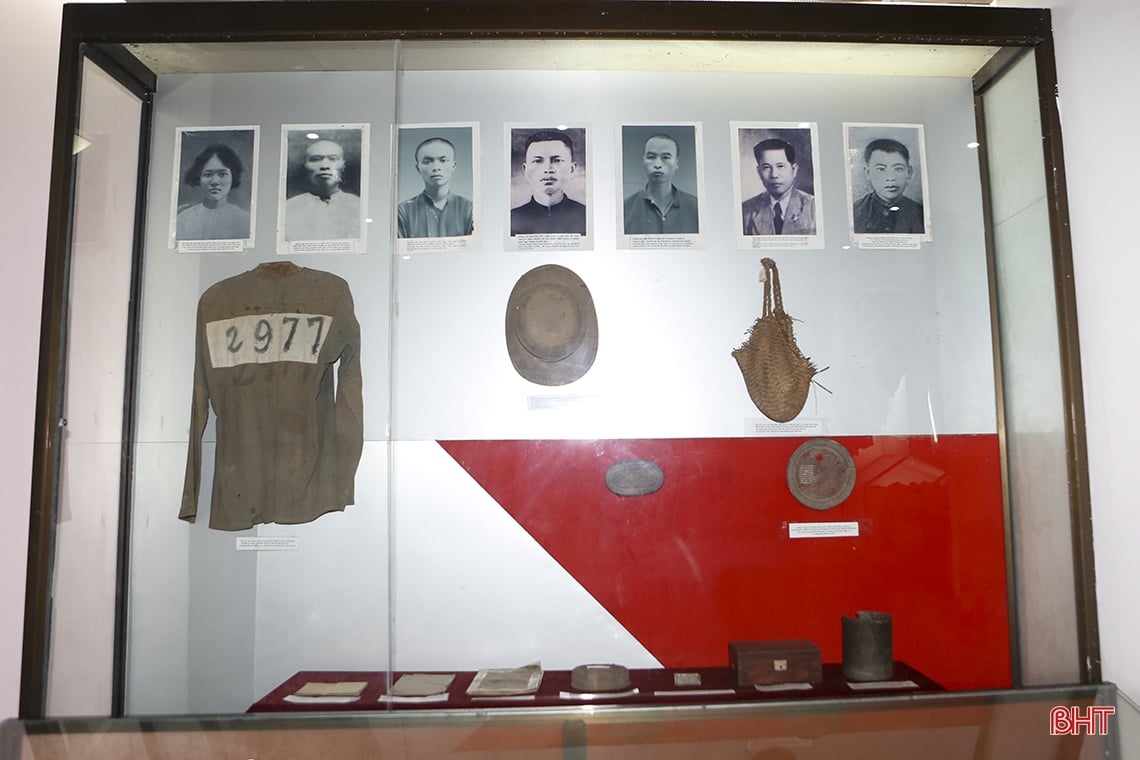
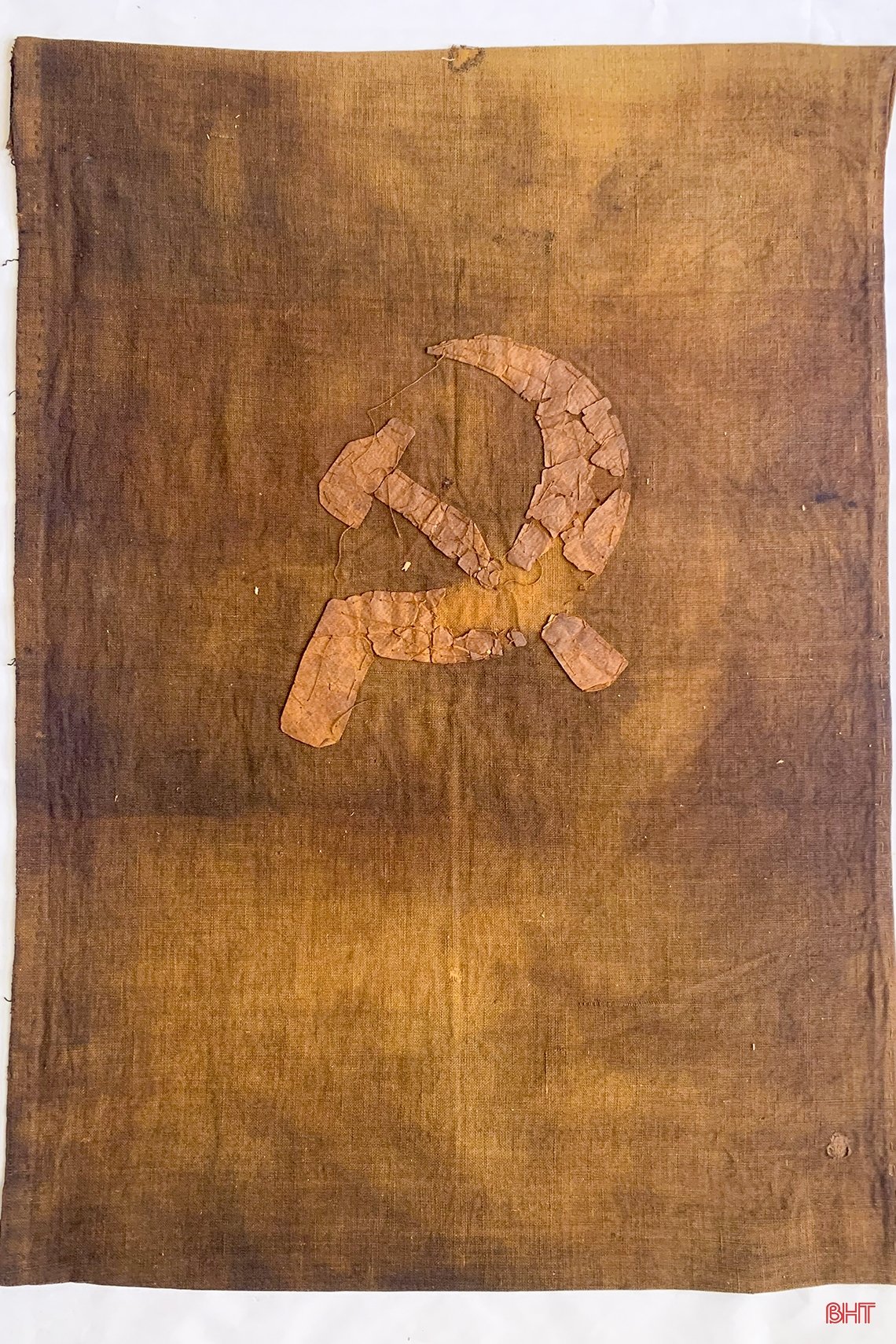
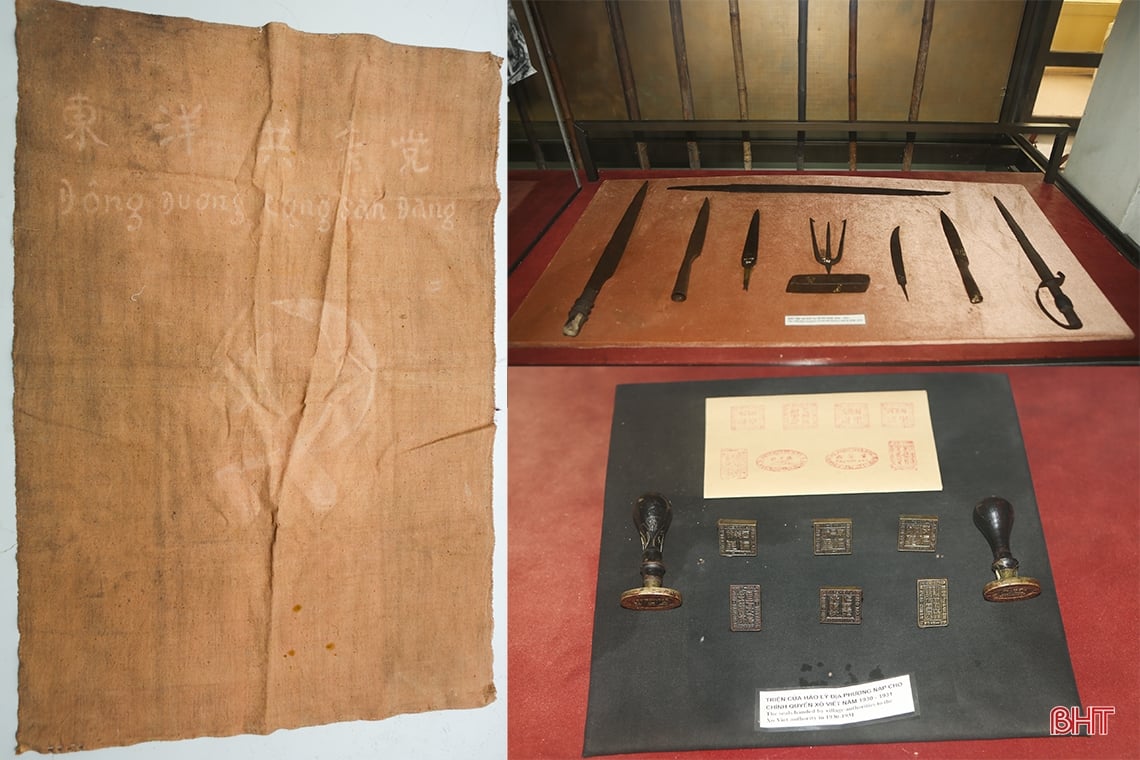
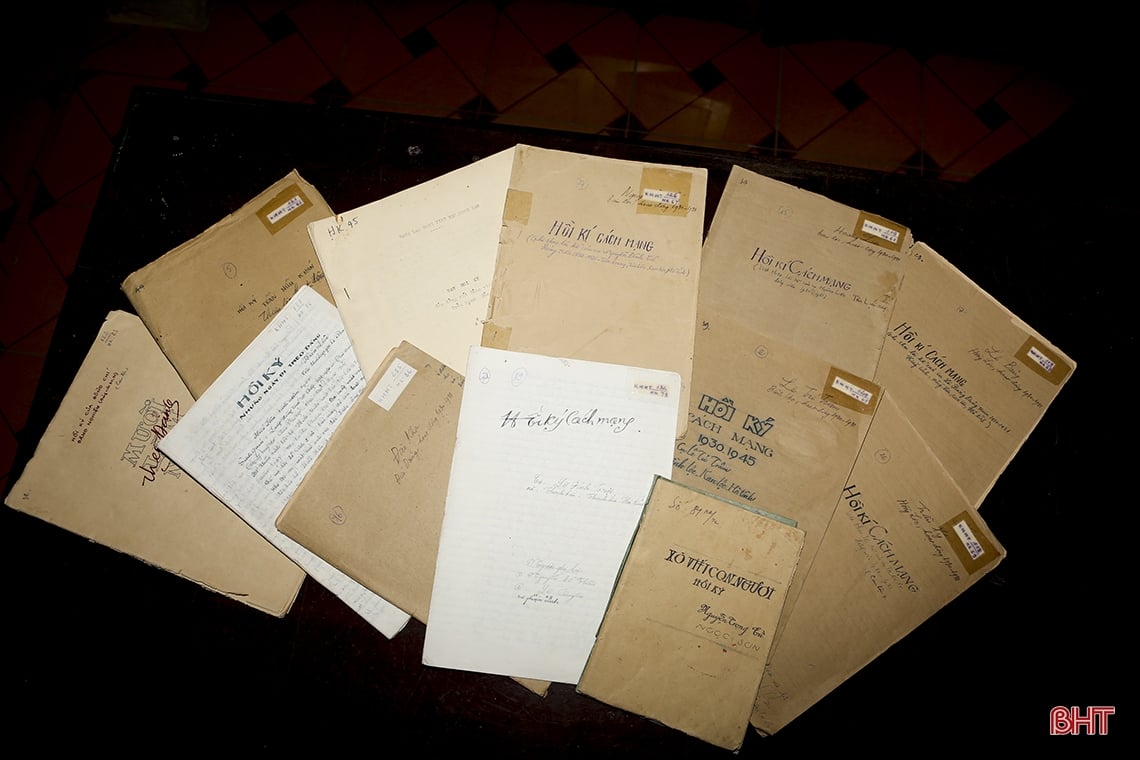
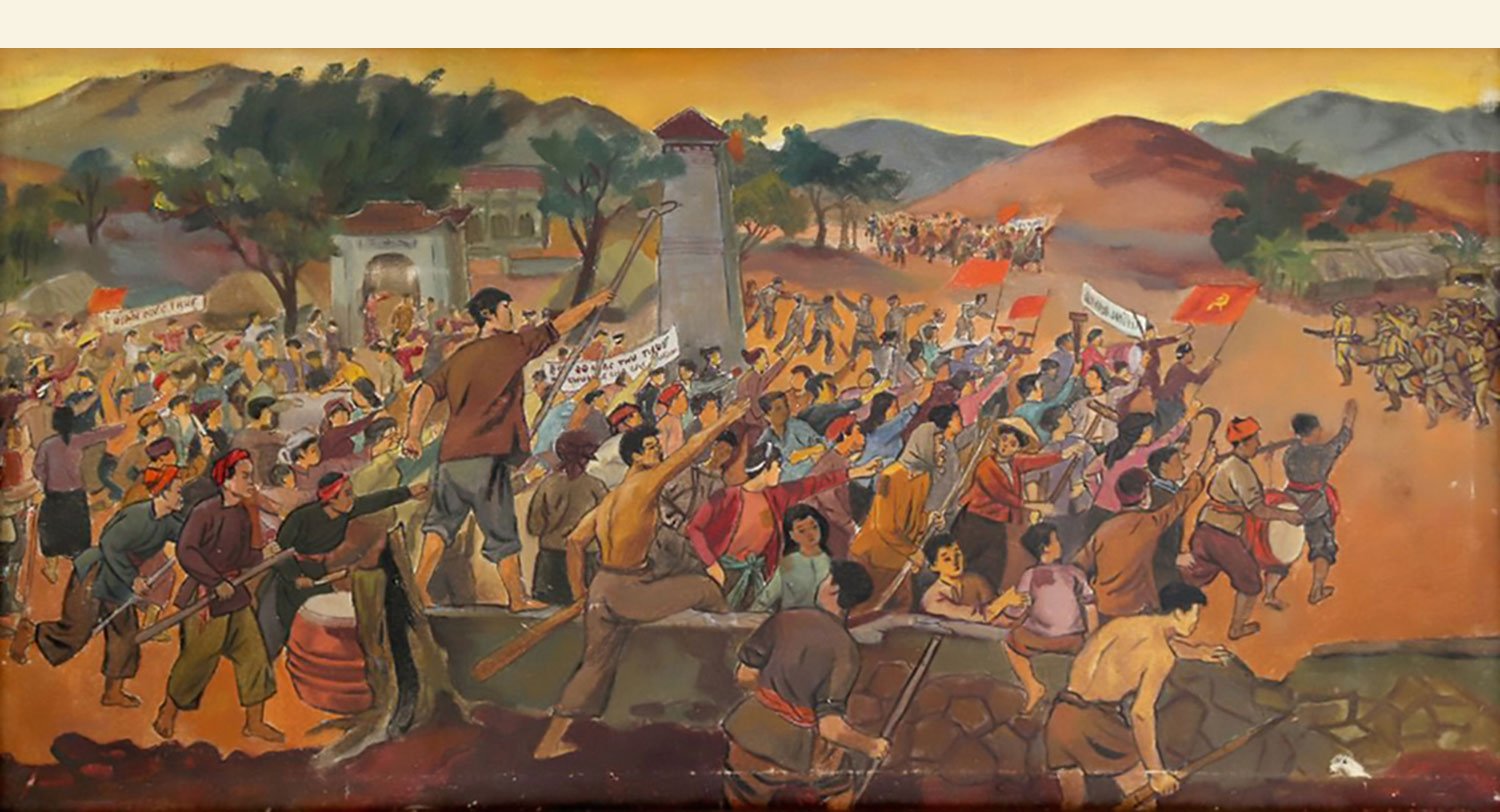
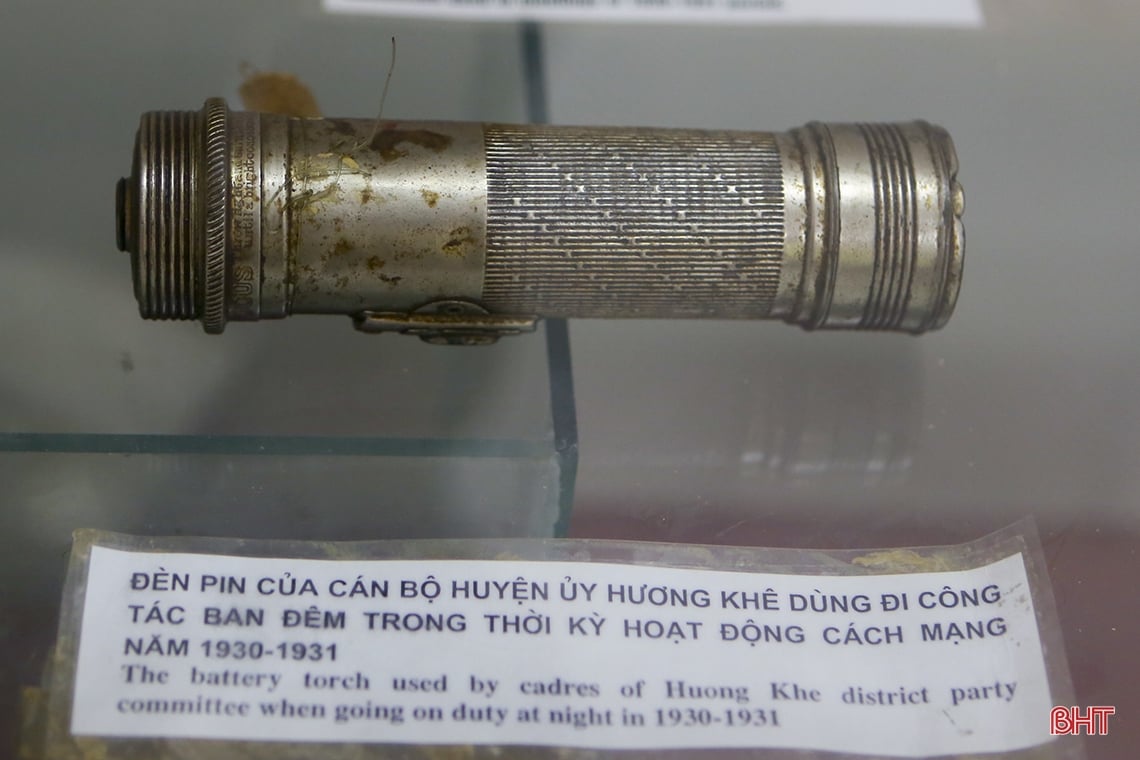

![[Photo] President Luong Cuong meets with Lao National Assembly Chairman Xaysomphone Phomvihane](https://vstatic.vietnam.vn/vietnam/resource/IMAGE/2025/4/25/dd9d8c5c3a1640adbc4022e2652c3401)
![[Photo] Liberation of Truong Sa archipelago - A strategic feat in liberating the South and unifying the country](https://vstatic.vietnam.vn/vietnam/resource/IMAGE/2025/4/25/d5d3f0607a6a4156807161f0f7f92362)
![[Photo] General Secretary To Lam receives Philippine Ambassador Meynardo Los Banos Montealegre](https://vstatic.vietnam.vn/vietnam/resource/IMAGE/2025/4/24/6b6762efa7ce44f0b61126a695adf05d)

![[Photo] President Luong Cuong holds talks with Lao General Secretary and President Thongloun Sisoulith](https://vstatic.vietnam.vn/vietnam/resource/IMAGE/2025/4/24/98d46f3dbee14bb6bd15dbe2ad5a7338)
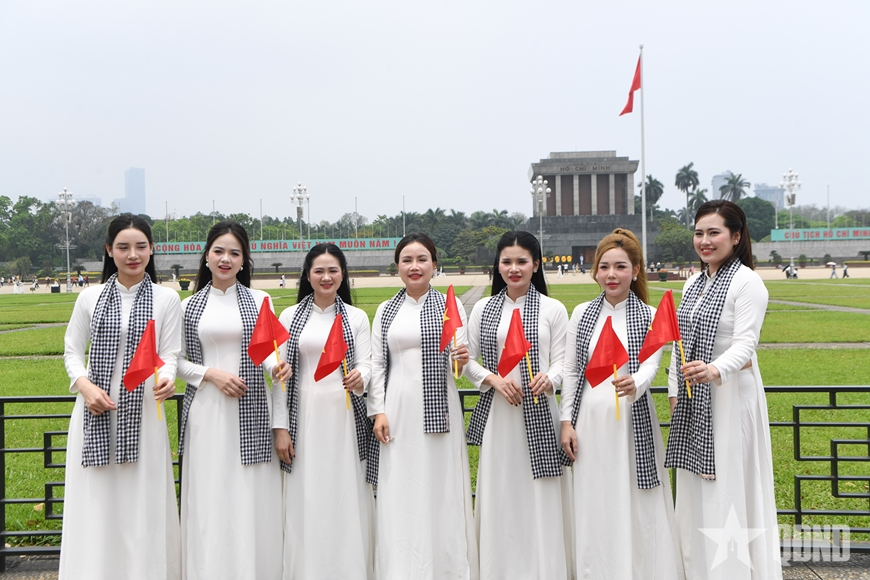



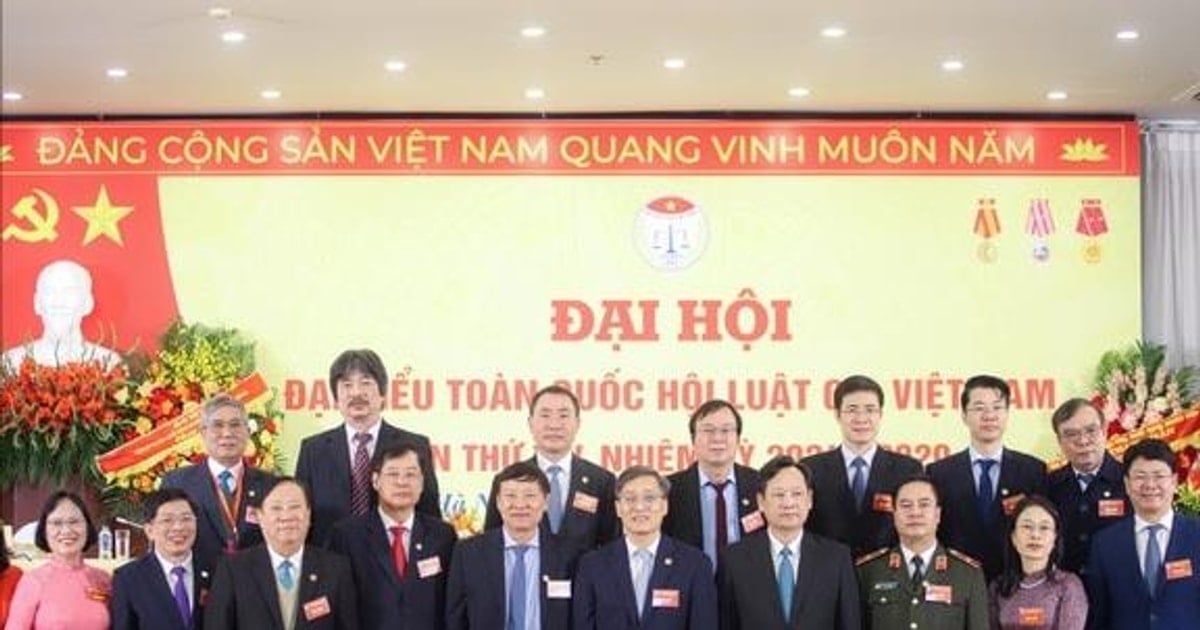


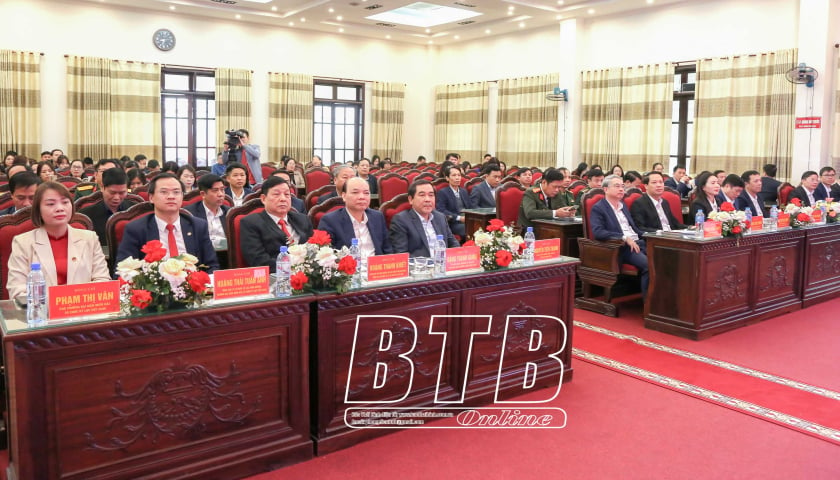


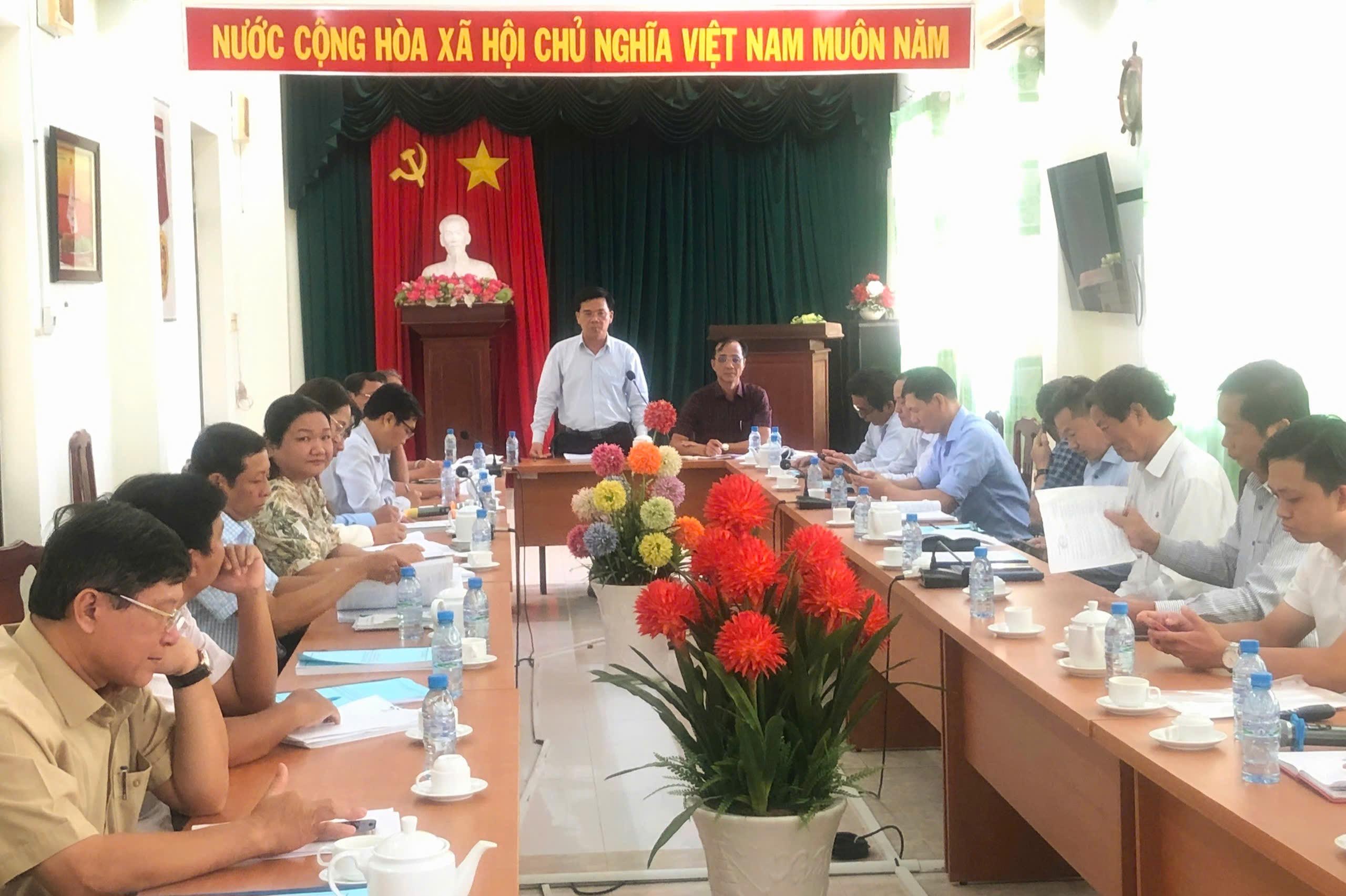
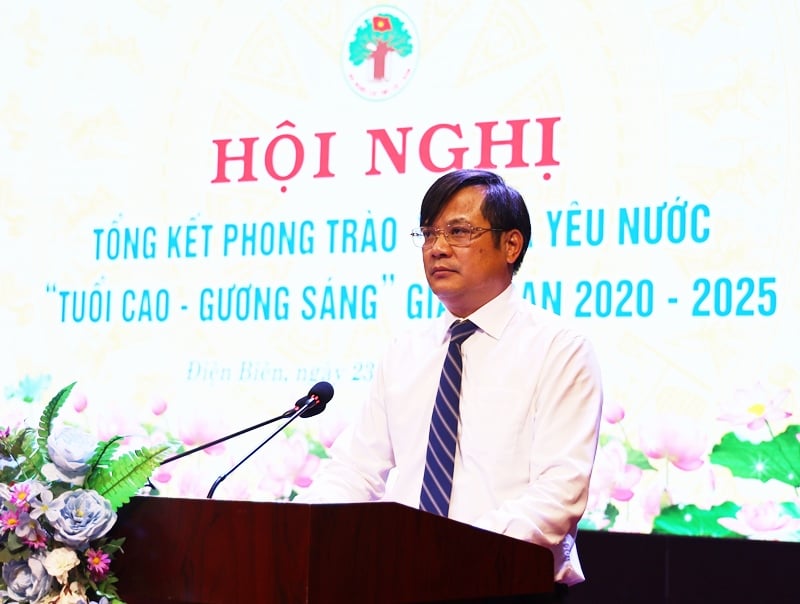

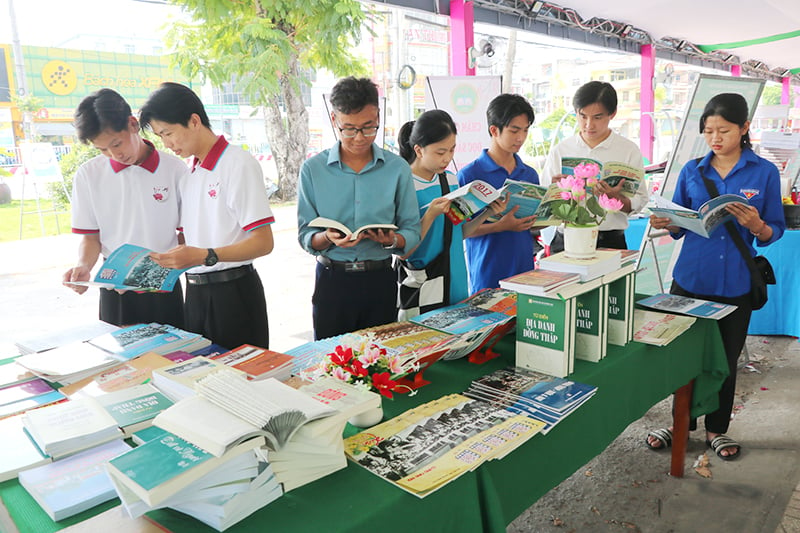

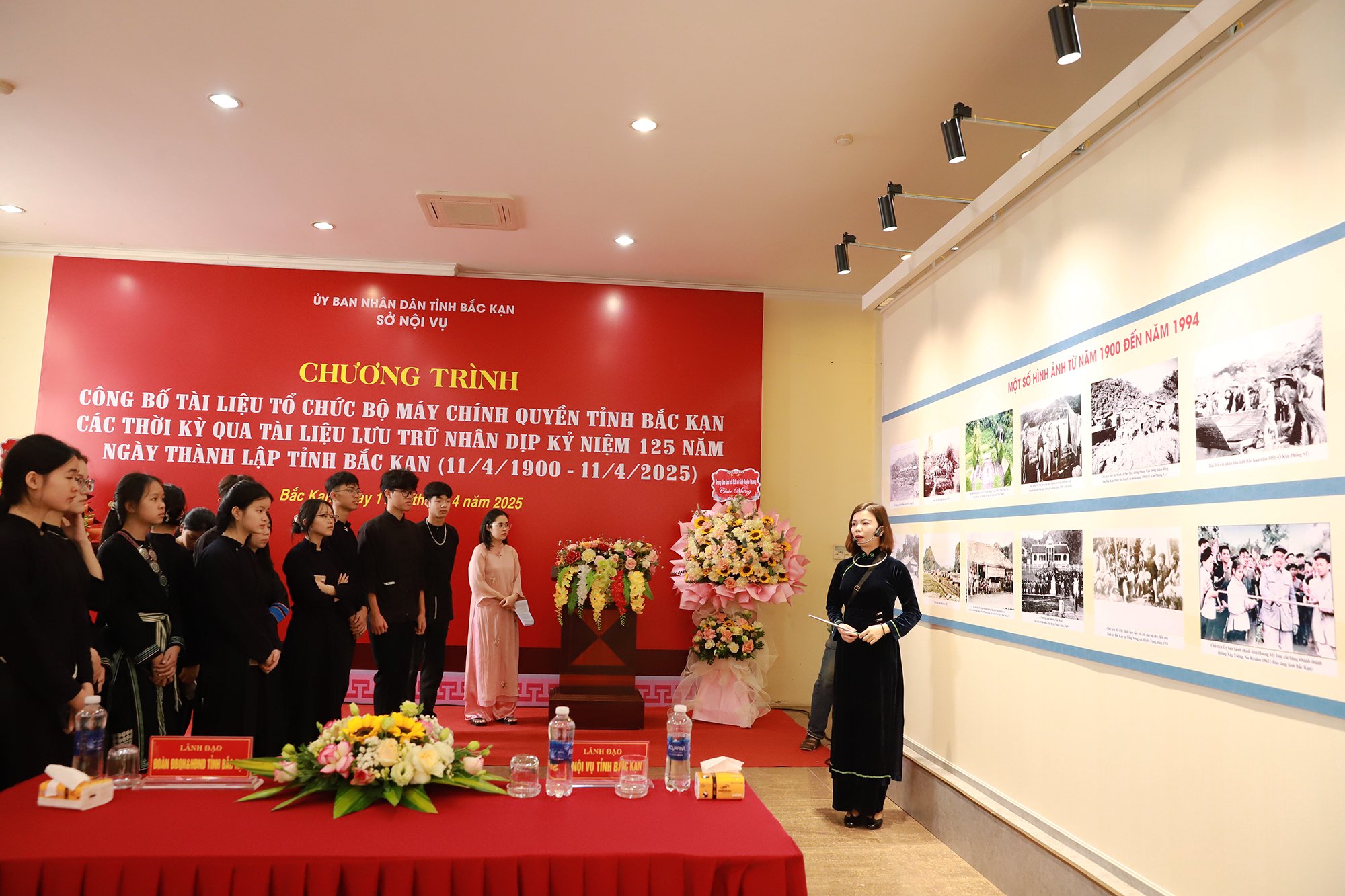






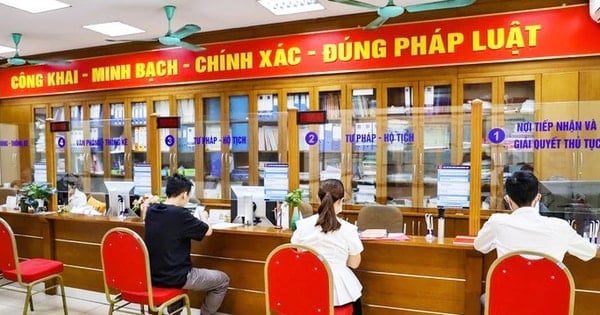
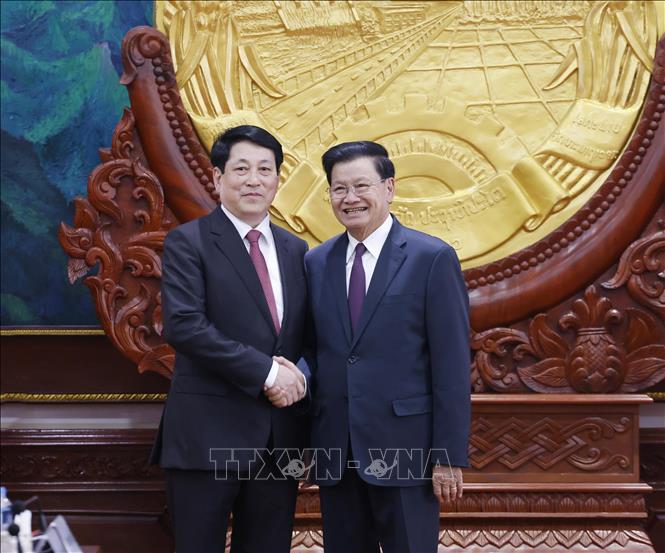
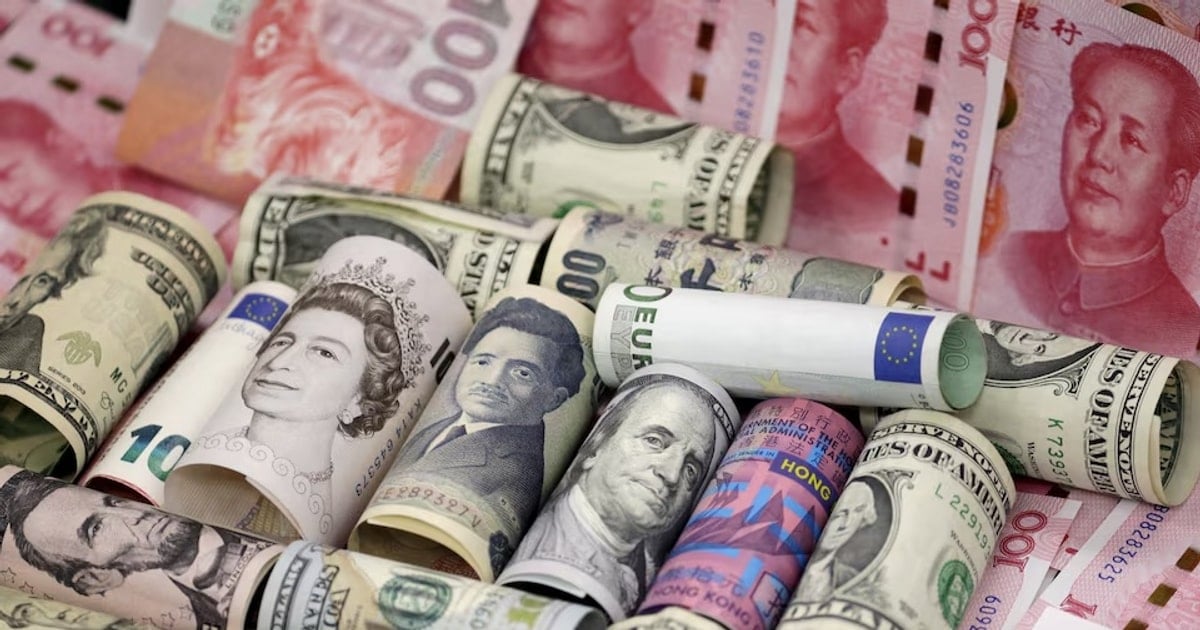

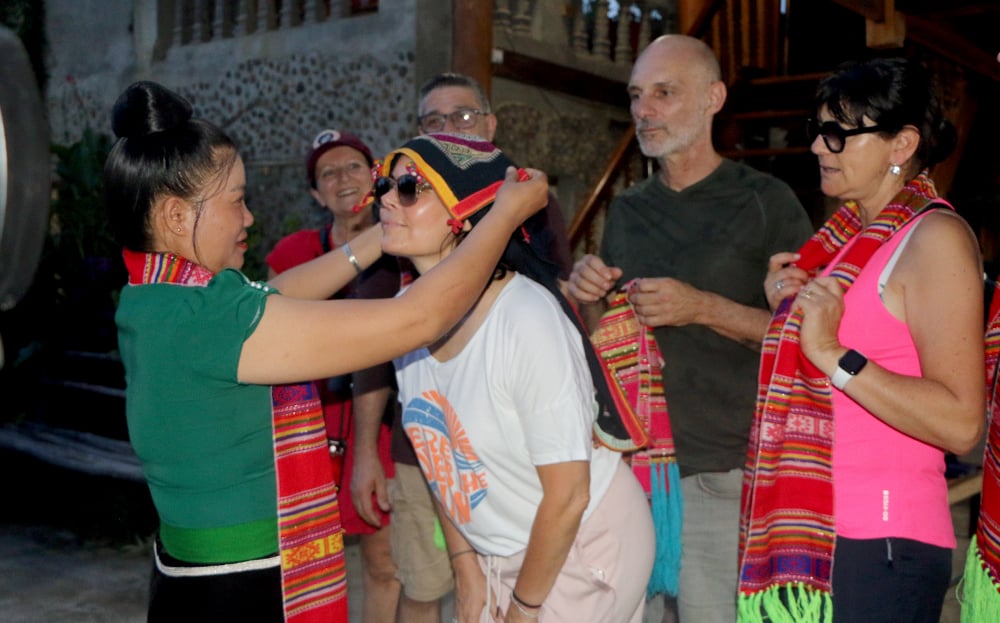
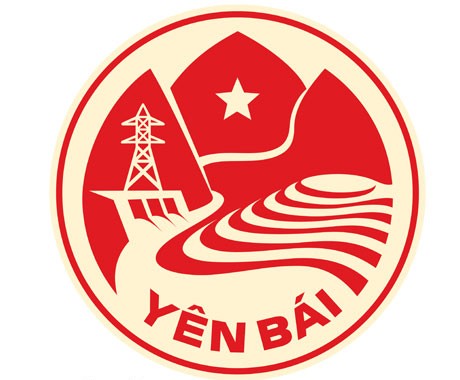


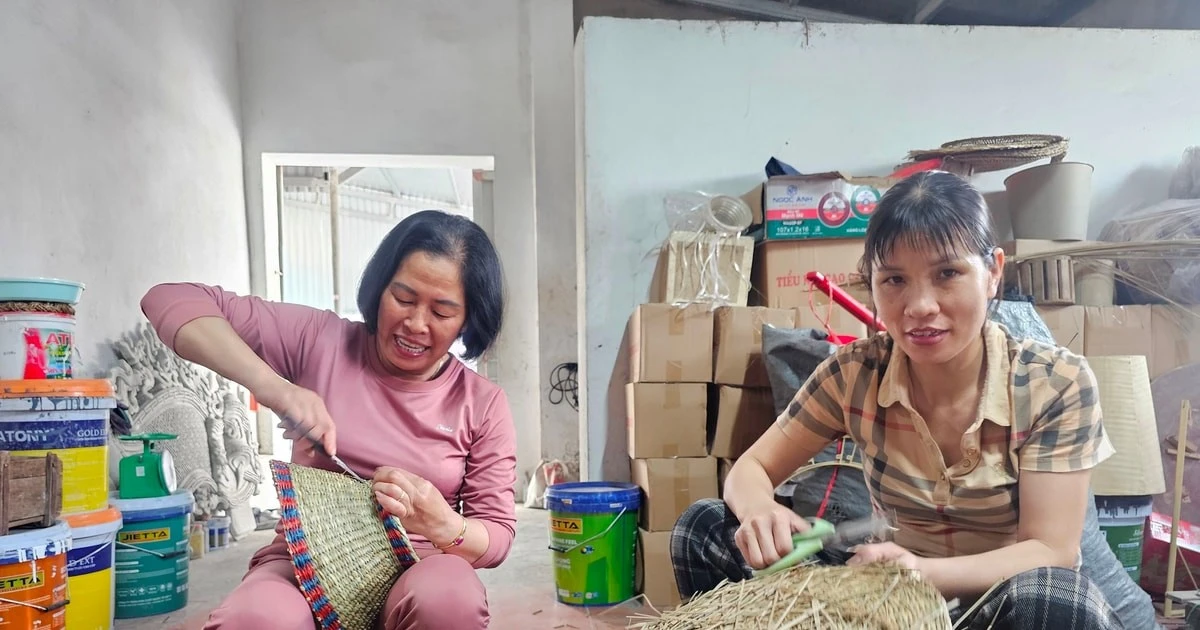
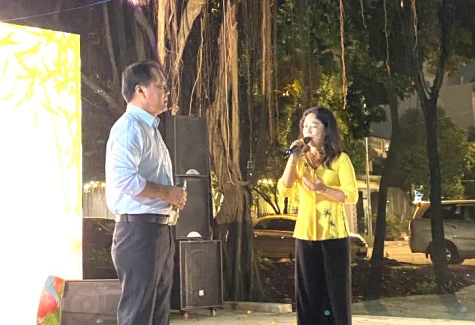



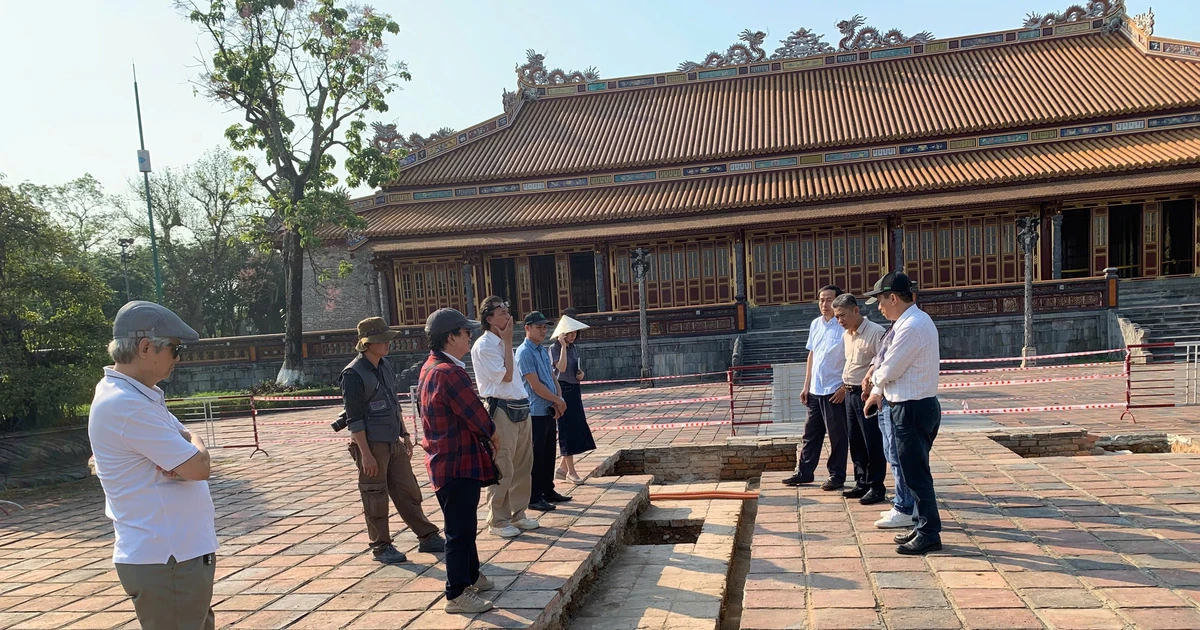



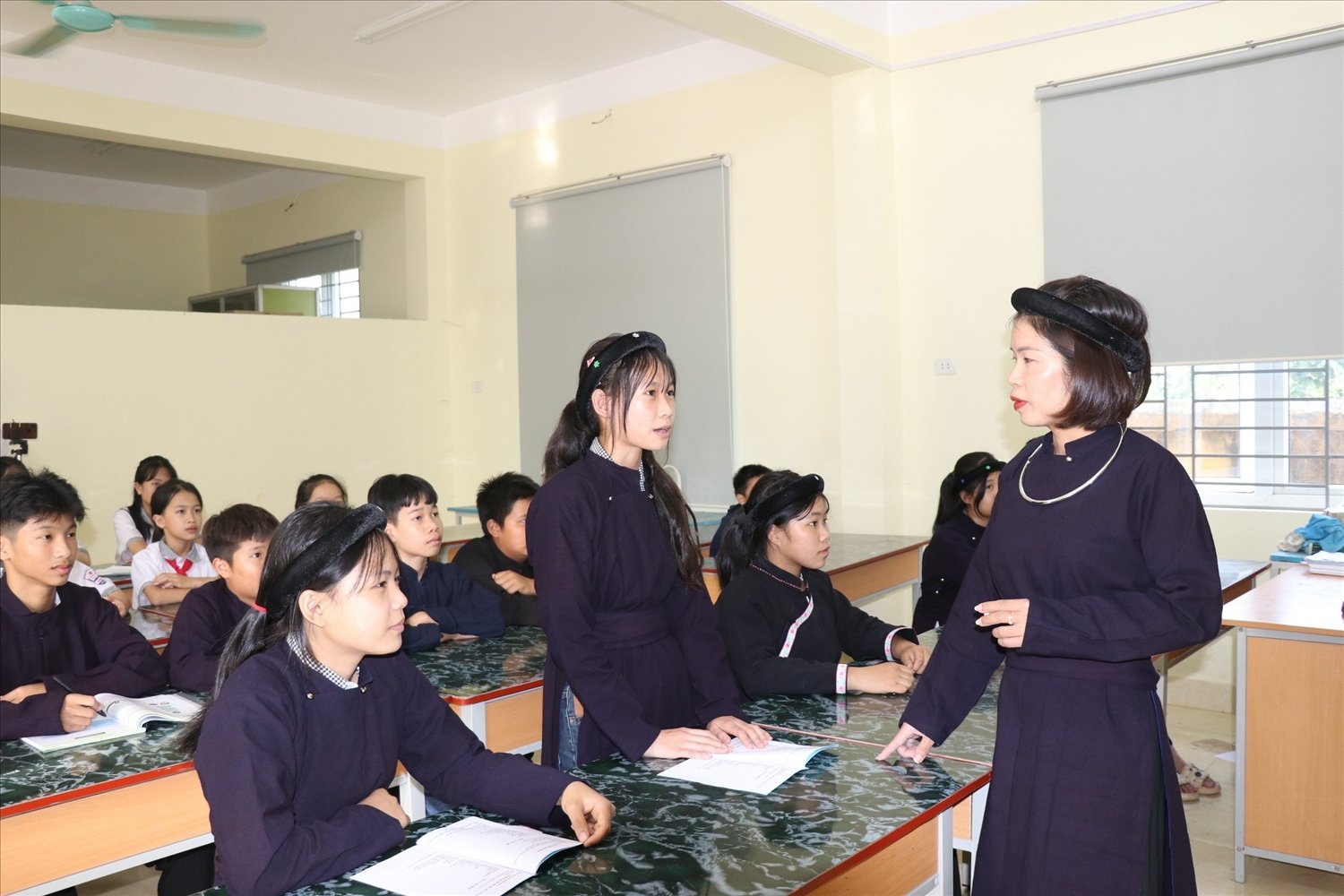






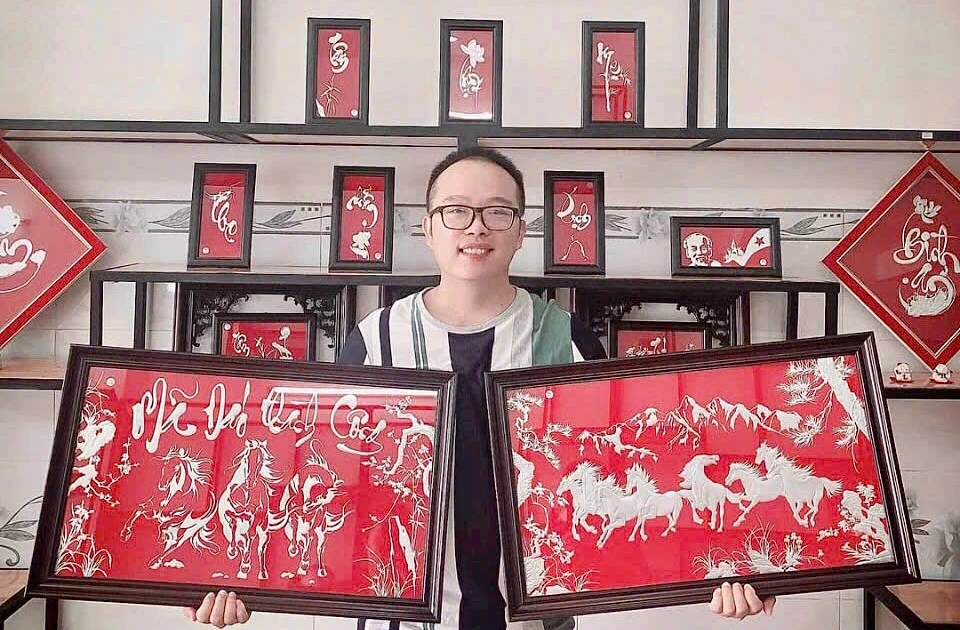





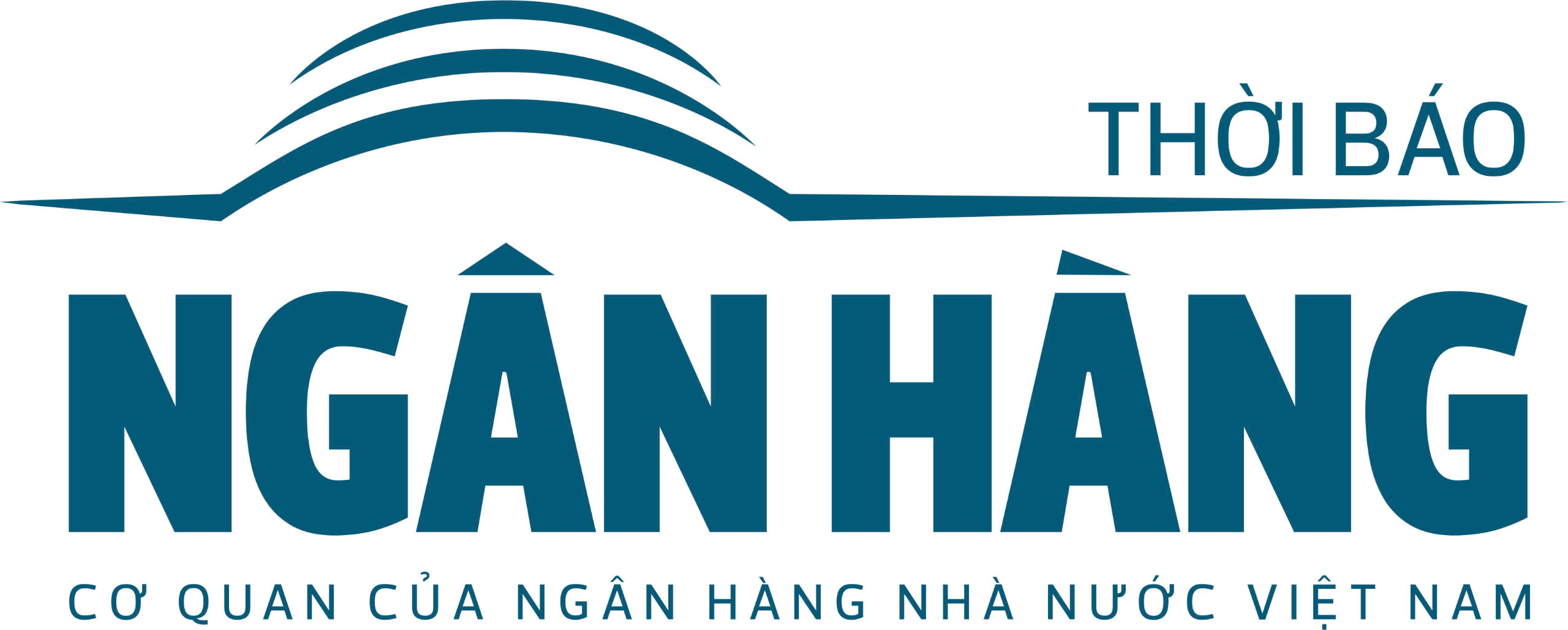

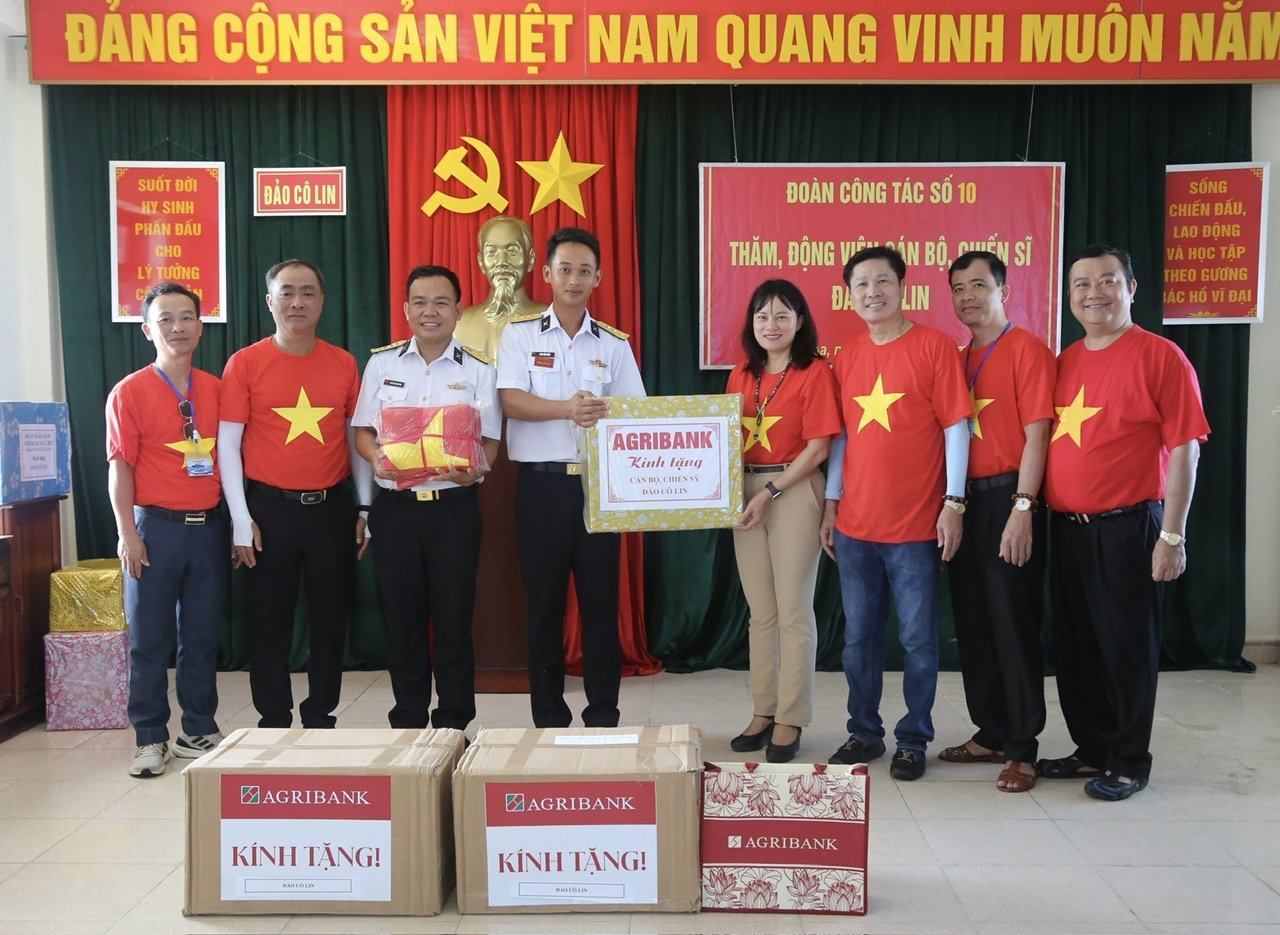




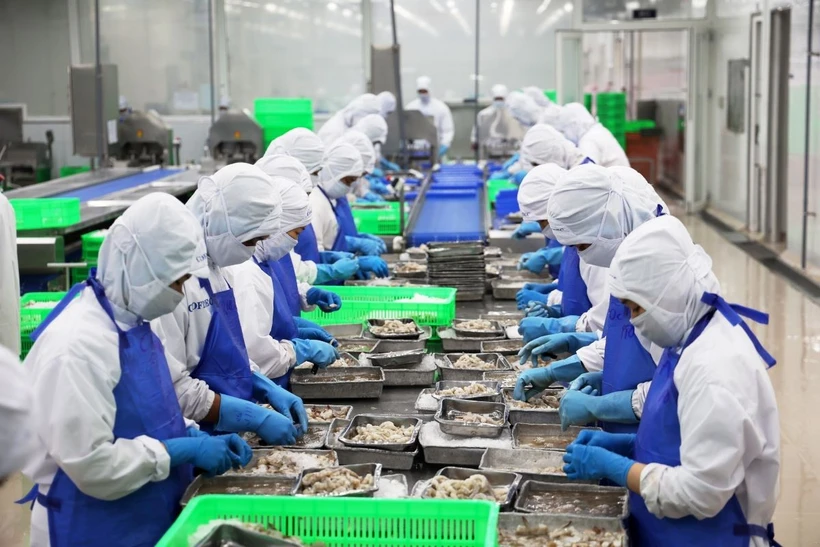





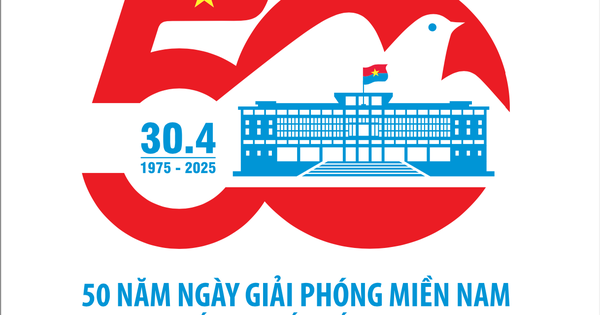

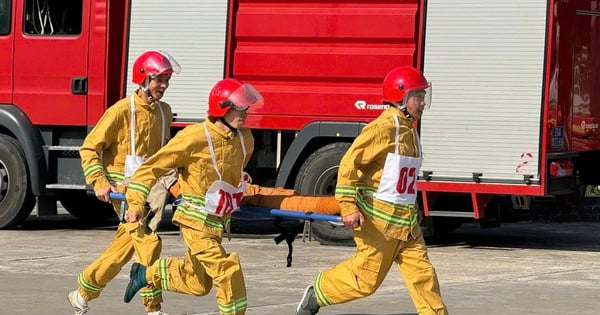

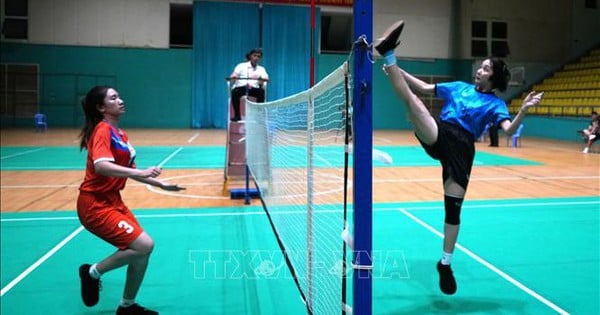

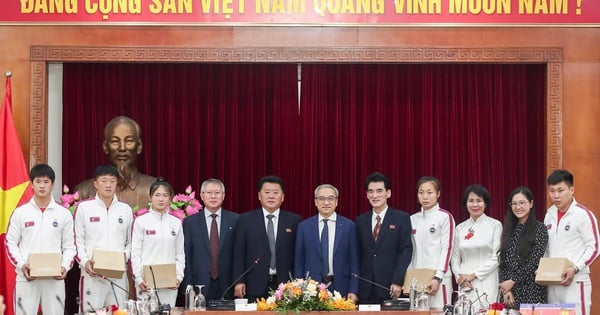
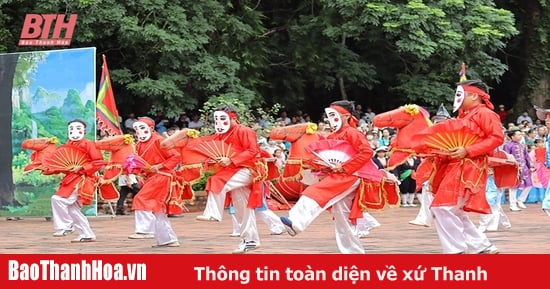

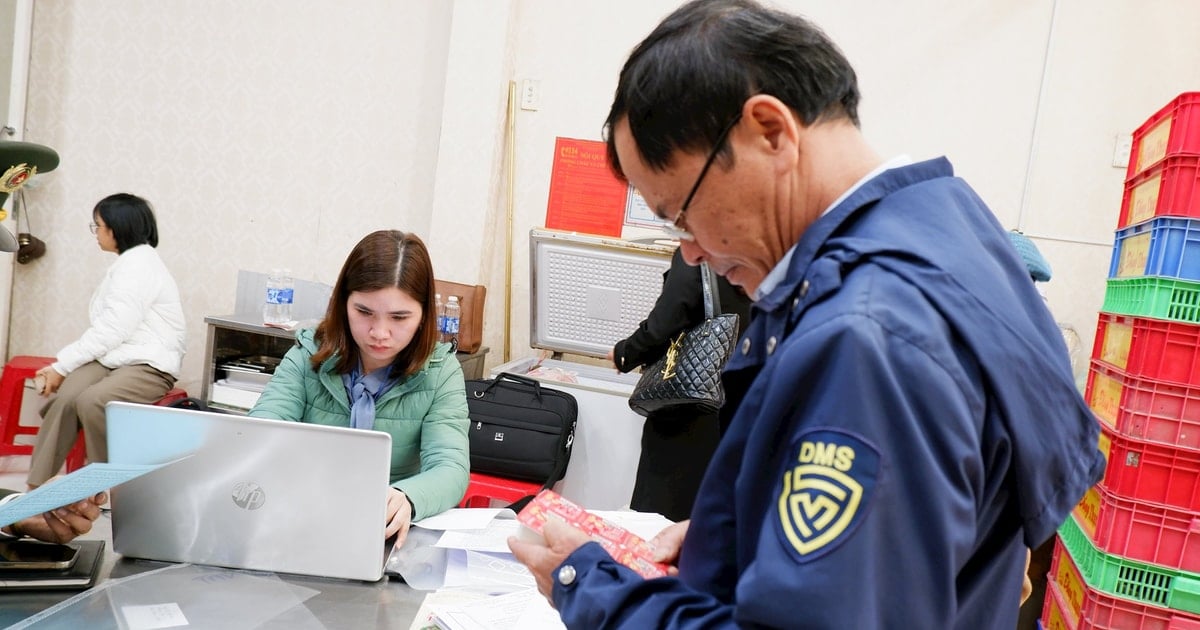


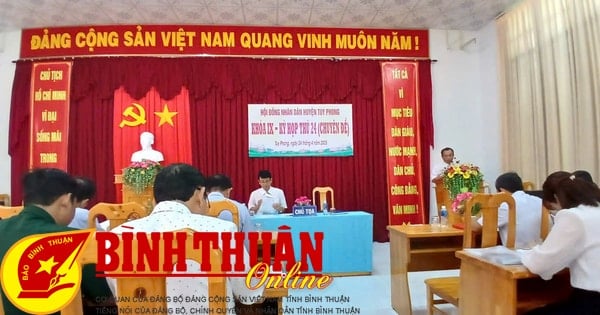








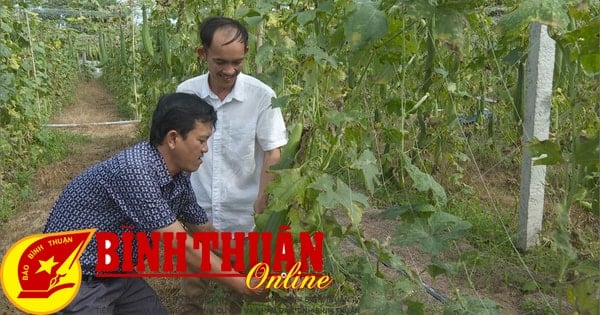

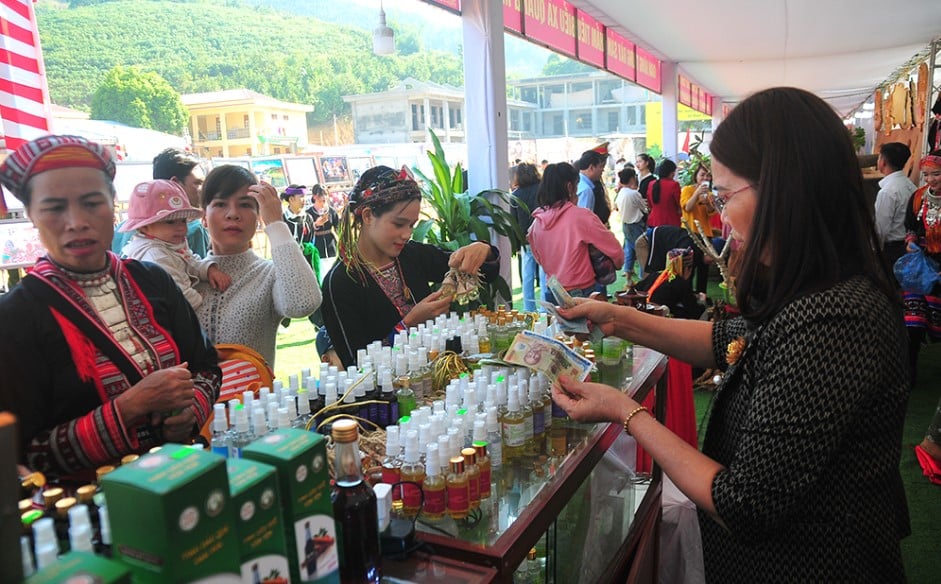

Comment (0)